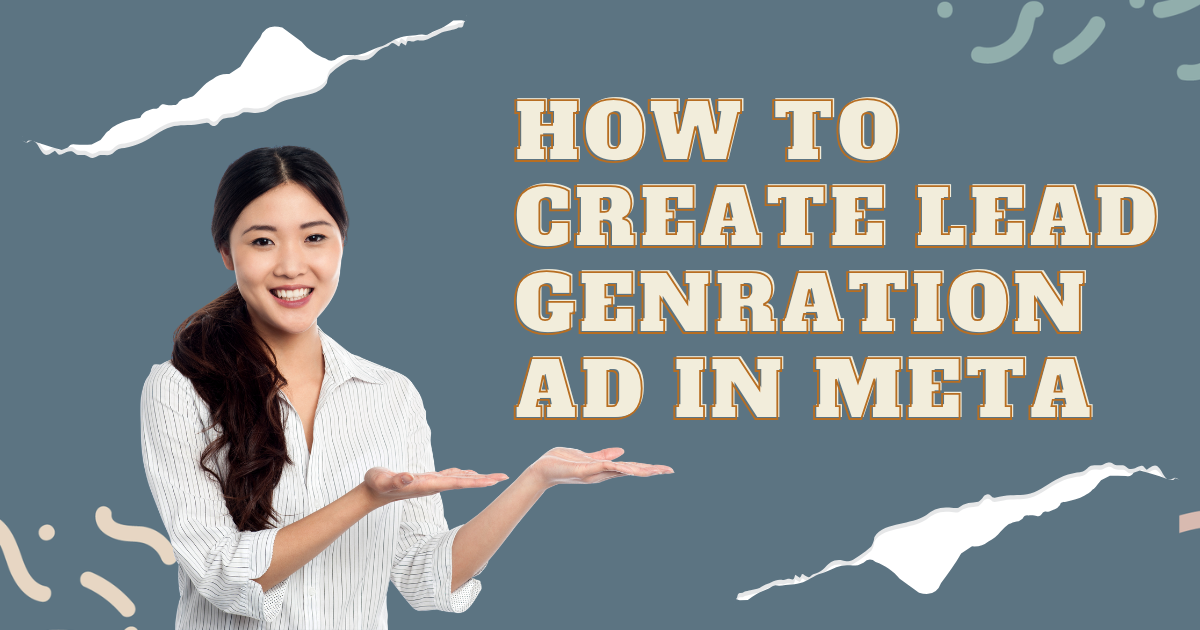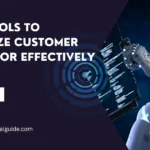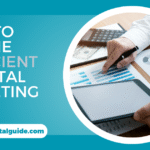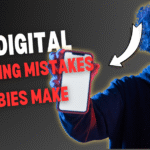In the fiercely competitive digital environment of today, obtaining high-quality leads is crucial for any business’s survival. If your goal is to engage with your intended audience, foster connections, and enhance conversions, Meta’s Lead Generation Ads (previously known as Facebook Lead Ads) can significantly impact your efforts.
Distinct from conventional ads that direct users to an external landing page, Meta’s lead generation ads permit individuals to input their contact details directly within Facebook or Instagram. This streamlines the process, increases form completion rates, and enables you to gather leads when they are actively interacting with your content.
This guide will provide a comprehensive walkthrough on how to set up a lead generation ad in Meta — covering each step from planning through execution, alongside optimization strategies designed to maximize the effectiveness of your campaigns.

Reasons to Utilize Meta Lead Generation Ads
Before diving into the “how,” let’s examine why these ads prove effective:
- Smooth User Experience – Forms are accessible directly on the Meta platform, allowing users to stay within Facebook or Instagram.
- Pre-filled Information – The system can automatically populate information such as name, email address, and phone number, minimizing manual input.
- Precise Audience Reach – Take advantage of Meta’s sophisticated targeting features to connect with your specific audience.
- Increased Conversion Rates – Fewer steps usually result in a higher volume of leads at a reduced expense.
- CRM Integration – Leads can be synced instantly with your email marketing or CRM software for prompt follow-up.
Step 1: Identify Your Goals and Target Audience
Prior to accessing Ads Manager, determine what you aim to achieve with your campaign:
- Are you gathering leads for an upcoming webinar?
- Trying to promote a product trial?
- Creating a subscriber list for email outreach?
Audience Targeting Strategies:
- Custom Audiences: Upload an existing customer database for retargeting or discovering similar audiences.
- Lookalike Audiences: Aim at individuals who share characteristics with your current customers.
- Detailed Targeting: Utilize demographics, interests, and behaviors to fine-tune your audience selection.
Step 2: Configure Your Campaign in Meta Ads Manager
Access Ads Manager
Navigate to Meta Ads Manager.
Select the Campaign Goal
Opt for “Lead generation” as your campaign goal.
Assign a Name to Your Campaign
Utilize descriptive titles such as LeadGen_ProductName_Month for effective tracking.
Activate A/B Testing (Optional)
If you’re interested in experimenting with various creatives or target audiences, enable A/B testing.
Step 3: Determine Ad Placement and Budget
Ad Placements:
Recommended: Use “Advantage+ placements” (Meta will optimize ad locations for better performance).
Manual: Select from options like feeds, stories, or reels.
Budget & Scheduling:
Choose between a daily or lifetime budget that aligns with your strategy.
Start with a reasonable budget and scale it up based on results.
Set your campaign to run continuously or within a specific time frame.
Step 4: Develop Your Instant Form
This section is the core of your lead generation advertisement.
Form Type
More Volume: Streamlined process for quicker completions.
Higher Intent: Incorporates a review stage to sift out low-quality leads.
Form Content
Introduction: Brief and focused on benefits (e.g., “Register now to receive your complimentary ebook”).
Questions: Keep it straightforward — Name, Email, Phone. Include custom questions if needed but try not to make it overly lengthy.
Privacy Policy: Mandatory. Provide a link to your organization’s privacy policy page.
Thank You Screen: Acknowledge submission and add a call-to-action (e.g., “Download Now” or “Visit Our Site”).
Step 5: Craft Your Creative Elements
The advertising creative (image, video, headline, and description) captures attention even before users encounter your form.
Creative Best Practices:
- Attention-grabbing visuals: Utilize high-resolution images or videos that are pertinent to your offering.
- Compelling headline: Emphasize the benefit rather than merely the product itself.
- Clear call-to-action: Use phrases like “Sign Up,” “Get Started,” or “Access Free Guide.”
- Consistent branding elements: Stick with your brand colors, fonts, and overall tone.
Step 6: Review and Launch
After everything is prepared:
- Carefully verify your targeting, budget, and ad placements.
- View your advertisement on various devices.
- Hit the Publish button and await approval from Meta.
Step 7: Track and Enhance Your Campaign
Lead generation ads require ongoing attention; they are not a “set it and forget it” approach. Regularly assess performance levels and implement necessary adjustments.
Important Metrics to Monitor:
- Cost per Lead (CPL)
- Quality of Leads
- Rate of Form Completion
- Click-through Rate (CTR)
- Enhancement Suggestions:
- Try out different headlines, creative elements, and calls-to-action.
- Test shorter forms against longer ones.
- Refine or expand your audience targeting parameters.
- Modify your budget in accordance with campaign results.
Enhanced Techniques for Improved Outcomes
- To elevate your lead generation initiatives, consider the following approaches:
- Integrating with Your CRM
- Utilize platforms like Zapier or built-in integrations to transfer leads directly into your email marketing system for prompt follow-up.
- Employing Instant Experience Ads
- Develop captivating, full-screen experiences prior to displaying the lead form.
- Retargeting Engaged Audiences
- Display your lead advertisements to individuals who have recently visited your website, engaged with your content, or interacted with your brand.
- Providing High-Value Incentives
- Offering free resources such as guides, checklists, discounts, or trials can effectively encourage users to divulge their information.
Frequent Pitfalls to Avoid
- Requesting Excessive Information — This can result in increased abandonment rates.
- Subpar Creative Quality — Your visuals must be attention-grabbing enough to halt scrolling.
- Disregarding Lead Follow-Up — Delaying follow-up makes leads less responsive over time.
- Failing to Test Different Variations — One ad set might not perform well without realizing there are better alternatives available.
In Conclusion
Designing a lead generation advertisement on Meta is relatively simple once you grasp the process; however, achieving success requires more than merely launching an ad. The essential elements include ongoing optimization, high-caliber creatives, and a seamless user journey from clicking the ad through form submission and subsequent follow-up.
By emphasizing relevance, value proposition, and simplicity, you harness Meta’s robust advertising capabilities to populate your sales pipeline with prospects genuinely interested in what you provide.









